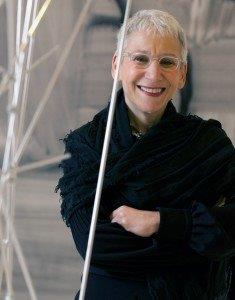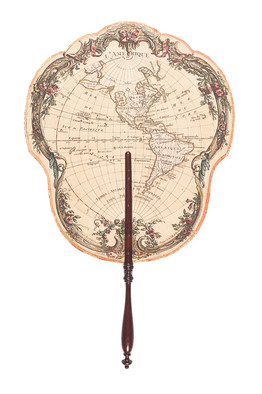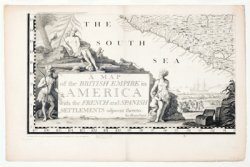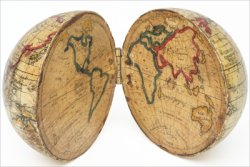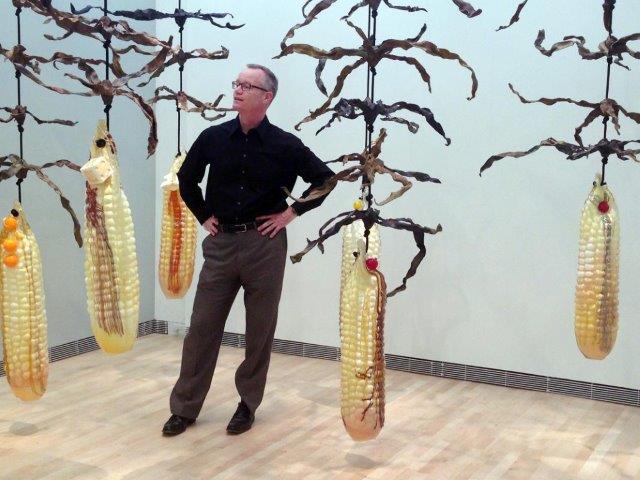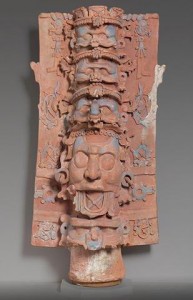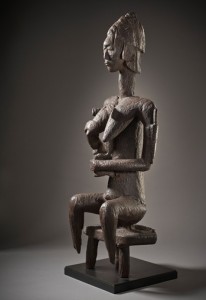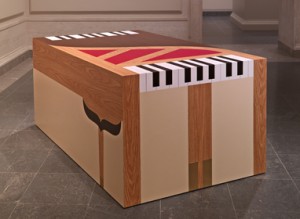I debated before posting this link to a video on the YouTube channel for the Dallas Museum of Art. Someone sent it to me. It’s a takeoff on Downton Abbey by the Dallas museum, called “Downton Artsy.” It stars museum director Max Anderson as lord of the manor, and includes curators and museum supporters in a little tale about the museum’s free admission policy and a museum gala.
 I shared it with a few people, without much comment of my own. Everyone of them was aghast. They used these words to describe it: “cringemaking,” “appalling,” “narcissistic,” “embarassing,” “sends mixed messages,” “OMG,” “hilarious,” “infantile,” and “unbelievable.”
I shared it with a few people, without much comment of my own. Everyone of them was aghast. They used these words to describe it: “cringemaking,” “appalling,” “narcissistic,” “embarassing,” “sends mixed messages,” “OMG,” “hilarious,” “infantile,” and “unbelievable.”
As I write this, 809 people have viewed it, and four have given it a thumbs up. There are no thumbs down.
I’m pretty sure the museum would tell critics to “lighten up,” and they have a point. But I can’t understand why the museum would waste the time and effort and money (and did it seek permission from Masterpiece Classic to borrow the look, feel and music?) on this. What are they trying to do? What kind of image does it create?

